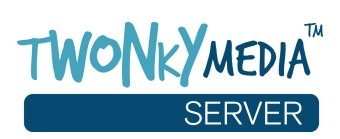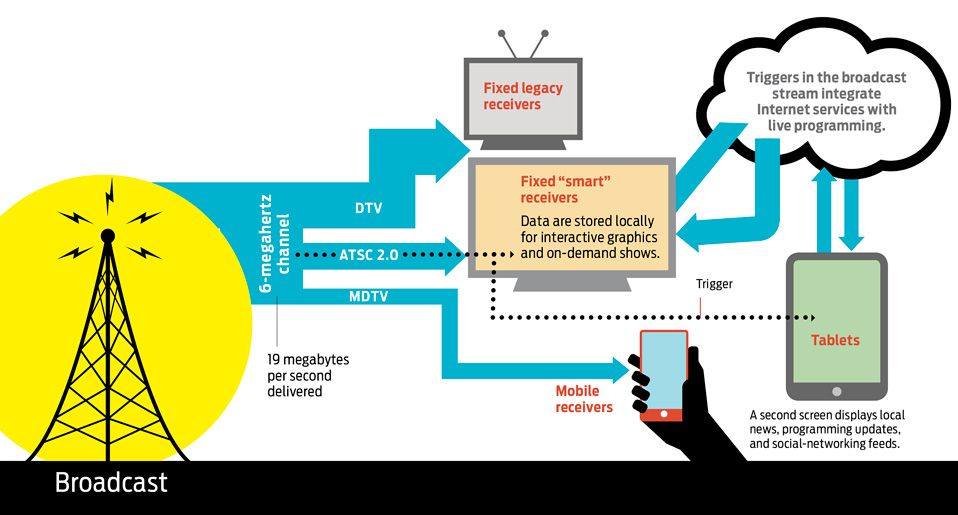With Firmware 2.00 for the PS Vita, which is being released on November 19th, the Vita's browser is getting some "Significant improvements", as stated in Sony's blog video:
http://blog.us.playstation.com/2012/11/13/playstation-plus-for-ps-vita-available-next-week-take-the-tour/
Here's the transcript of the browser related changes:
"We've made some significant improvements; we have an upgraded rendering engine and we're optimizing more of the GPU processing power, improve the content display performance by upgrading the HTML 5 and JavaScript engine".
Hopefully, I'm correct in my conjecture that the PS3 and Vita's browsers are very much related and these improvements will be coming to the PS3 soon after.
P.S. For the love of everything good in the world, does anyone have the ear of someone influential at NeoGAF as it really is a pain that the site switches to the mobile view, in the PS3 browser, i.e. please, please, please can you leave it on the Desktop view, which displays perfectly fine (it shows this view first and then switches to Mobile view - if you disable JavaScript it stays on Desktop view, but you lose interaction).
http://blog.us.playstation.com/2012/11/13/playstation-plus-for-ps-vita-available-next-week-take-the-tour/
Here's the transcript of the browser related changes:
"We've made some significant improvements; we have an upgraded rendering engine and we're optimizing more of the GPU processing power, improve the content display performance by upgrading the HTML 5 and JavaScript engine".
Hopefully, I'm correct in my conjecture that the PS3 and Vita's browsers are very much related and these improvements will be coming to the PS3 soon after.
P.S. For the love of everything good in the world, does anyone have the ear of someone influential at NeoGAF as it really is a pain that the site switches to the mobile view, in the PS3 browser, i.e. please, please, please can you leave it on the Desktop view, which displays perfectly fine (it shows this view first and then switches to Mobile view - if you disable JavaScript it stays on Desktop view, but you lose interaction).








